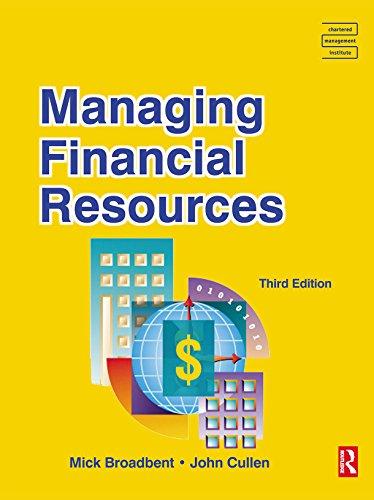

a. Actual sales in December were $71,000. Selling price per unit is projected to remain stable at $12 per unit throughout the budget period. Sales for the first five months of the upcoming year are budgeted to be as follows: 1 Data table $ 4,600 $ 52.000 s Current Assets as of December 31 (prior year): Cash Accounts receivable, net Inventory Property, plant, and equipment, net Accounts payable Capital stock Retained earnings. $ $ 15,700 121.000 43,000 123.500 23,000 S S January $ 99,600 February $ 118,800 March $ 115,200 April $ 108,000 May $ 103,200 b.Sales are 35% cash and 65% credit. All credit sales are collected in the month following the sale. c. Devon Manufacturing has a policy that states that each month's ending inventory of finished goods should be 10% of the following month's sales (in units). d. Of each month's direct material purchases, 20% are paid for in the month of purchase, while the remainder is paid for in the month following purchase. Three pounds of direct material is needed per unit at $2.00 per pound. Ending inventory of direct materials should be 20% of next month's production needs. e. Most of the labor at the manufacturing facility is indirect, but there is some direct labor incurred. The direct labor hours per unit is 0.05. The direct labor rate per hour is $9 per hour. All direct labor is paid for in the month in which the work is performed. The direct labor total cost for each of the upcoming three months is as follows: January $ 3,807 February 4,442 March $ 1. Monthly manufacturing overhead costs are $5,500 for factory rent, $2,900 for other fixed manufacturing expenses, and $1.10 per unit for variable manufacturing overhead. No depreciation is included in these figures. All expenses are paid in the month in which they are incurred. g.Computer equipment for the administrative offices will be purchased in the upcoming quarter. In January, Devon Manufacturing will purchase equipment for $5,000 (cash), while February's cash expenditure will be $12,200 and March's cash expenditure will be $16.600. 1. Operating expenses are budgeted to be $1.25 per unit sold plus fixed operating expenses of $1,800 per month. All operating expenses are paid in the month in which they are incurred. No depreciation is included in these figures. i. Depreciation on the building and equipment for the general and administrative offices is budgeted to be $4,900 for the entire quarter, which includes depreciation on new acquisitions. j. Devon Manufacturing has a policy that the ending cash balance in each month must be at least $4,000. It has a line of credit with a local bank. The company can borrow in increments of $1,000 at the beginning of each month, up to a total outstanding loan balance of $130,000. The interest rate on these loans is 1% per month simple interest (not compounded). The company would pay down on the line of credit balance in increments of $1,000 if it has excess funds at the end of the quarter. The company would also pay the accumulated interest at the end of the quarter on the funds borrowed during the quarter. k. The company's income tax rate is projected to be 30% of operating income less interest expense. The company pays $10,000 cash at the end of February in estimated taxes. 4.293 Print Done Print Done Cash Payments for Operating Expenses Budget For the Quarter Ended March 31 Month January February March Quarter Variable operating expenses Fixed operating expenses Cash payments for operating expenses Requirement 8. Prepare a combined cash budget. (If an input field is not used in the table leave the input field empty; do not enter a zero. Use parentheses or a minus sign for negative cash balances and financing payments.) Combined Cash Budget For the Quarter Ended March 31 January February March Quarter Beginning cash balance Plus: Cash collections Total cash available Less: cash payments: Direct material purchases Direct labor Manufacturing overhead costs Operating expenses Tax payment Equipment purchases Total cash payments Ending cash balance before financing Financing Plus: New borrowings Less: Debt repayments Less: Interest payments Total financing Ending cash balance








